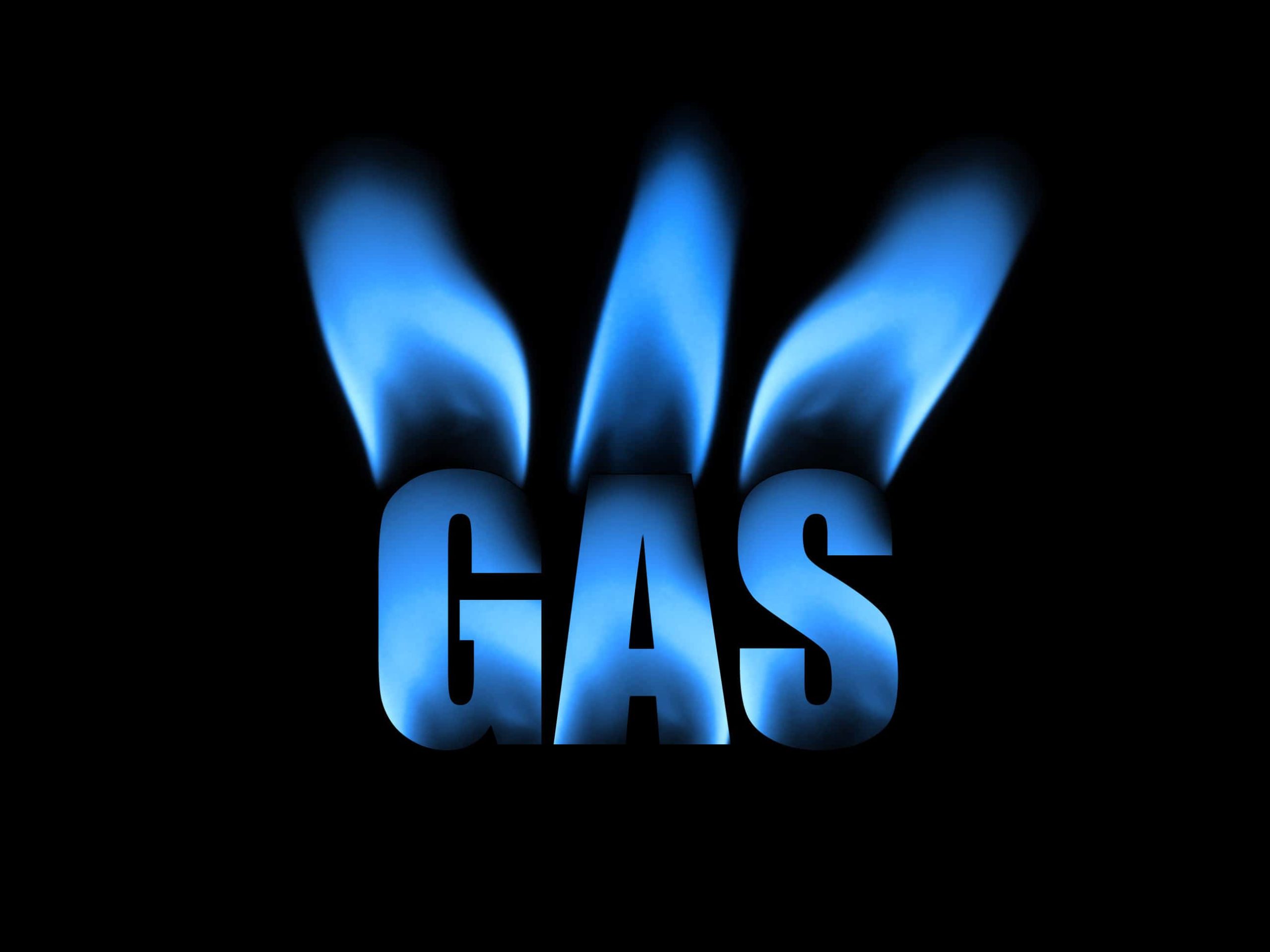5 Reasons Why Your HVAC Unit is Loud Do you find your HVAC unit excessively…

Upgrading Your Gas Furnace with New Technology
Natural gas furnaces have long been one of the most popular types of home heating systems. They’re efficient and economical, and they can keep your home toasty and warm even on the coldest nights. Plus, gas furnaces generally have a long lifespan, lasting 15-20 years or more. However, if you have an older gas furnace that’s still chugging away after fifteen years of service, you might want to consider replacing it with a newer model. That’s because today’s gas furnaces are even more efficient and better at keeping your home comfortable, thanks to some big improvements in technology.
See Also: Gas Piping
Getting the Most Out of Your Fuel
The efficiency of furnaces is rated based on the AFUE, or Annual Fuel Utilization Efficiency. This rating essentially tells you what percentage of the fuel that goes into the furnace is converted into heat for your home, versus how much is wasted as exhaust. Older residential gas furnaces generally have AFUEs of about 56% to 70%, according to the U.S. Department of Energy. That means only 56-70% of the natural gas you’re paying for is actually heating your home!
On the other hand, gas furnaces manufactured and installed today must have an AFUE of at least 78%, according to federal law. And much higher efficiency furnaces are available. For instance, the Daikin DC96MC gas furnace has an AFUE of up to 96%! With a system like that, almost all of the natural gas that the furnace consumes is converted into heat. Only 4% is lost as exhaust, compared to up to 44% with an older furnace. That can add up to major savings on your heating bills.
See Also: Daikin Gas Furnaces
From these numbers, it’s clear to see that some big improvements in furnace technology have been made over the past decades. Now let’s take a look at what some of those improvements are.
No More Pilot Lights
Older furnaces generally used a pilot light—a continuously burning flame—to light their burners. Of course, keeping the flame burning consumed fuel. Modern furnaces work differently. In a modern furnace, an electronic igniter lights the burners when needed instead of keeping a flame going all the time. It’s a small change, but it adds up to savings over time.
Double the Heat Exchangers
Older furnaces generally had a single heat exchanger, where some heat from the combusted gas is transferred to the home’s air. Then the combusted gas was exhausted outside, taking the rest of the heat with it. But some newer furnaces, such as the Daikin DC96MC, have a secondary heat exchanger. In these furnaces, the exhaust gas goes into the secondary exchanger to draw out even more heat before being released outside. Again, this means less of your hard-earned money being wasted “heating the neighborhood” instead of your home.
One Speed Doesn’t Fit All
Another big improvement in furnace technology has to do with the speed of the blower motor. In the past, blower motors only operated at one speed—ON. That means every time the furnace comes on, it’s operating at full power until the set temperature is reached, and then it shuts off. The house cools down below the set temperature and the furnace cranks up to full speed again, and so on.
There are two big problems with this system.
- It means the home’s temperature tends to vary a lot, swinging up and down as the furnace turns on and off.
- It wastes energy, because it takes a big jolt of electricity to get that fan started up to full speed. It’s sort of like if you turned your car off and back on at every stoplight. That’d be a big waste of gasoline.
But modern furnaces don’t have to work that way. Today we have multi-speed and variable speed blower technology. With this technology, the blower doesn’t have to run at full power every time it comes on. Instead, the furnace can adjust to the needs of your home, avoiding big temperature swings and wasteful starting and stopping. Multi-speed means that the blower has two or more set speeds at which it can run, while variable speed means that the blower can ramp up or down in very small increments for the most precise control.
Give It a Little Gas, But Not Too Much
Speaking of precise control, another big improvement in furnace technology is the development of two-stage and modulating gas valves. Just like with the blower fans, gas valves in older furnaces are simply on or off. But in these newer furnaces, like the Daikin DC96MC, the gas valves can also adjust to release just as much gas as is needed to heat your home efficiently and effectively at that moment.
Again, two-stage means that the gas valve has two settings, while modulating means that it can adjust in very small increments. For example, the Daikin DC96MC’s modulating gas valve can operate at anywhere from 35% to 100% capacity, using exactly as much gas as needed to keep you perfectly comfortable without waste.


